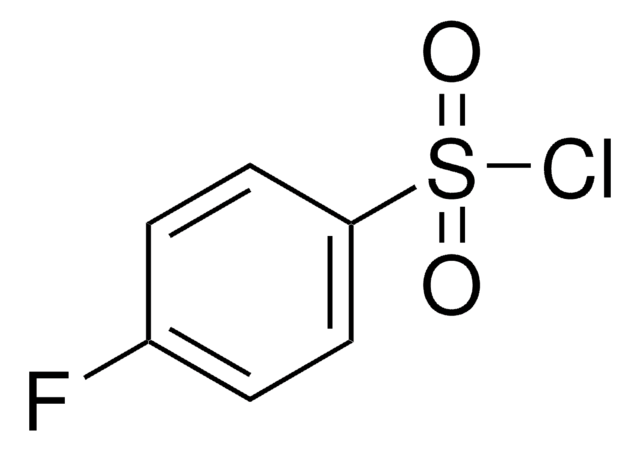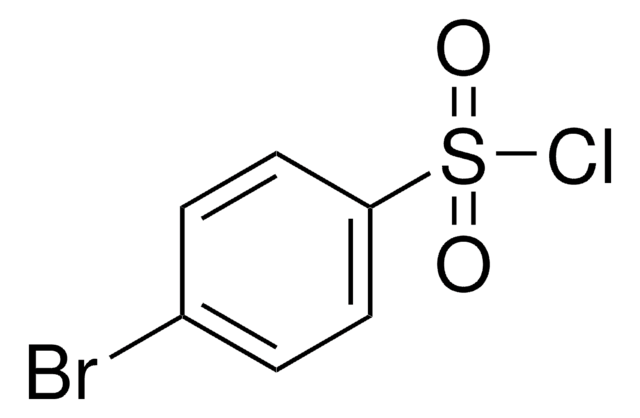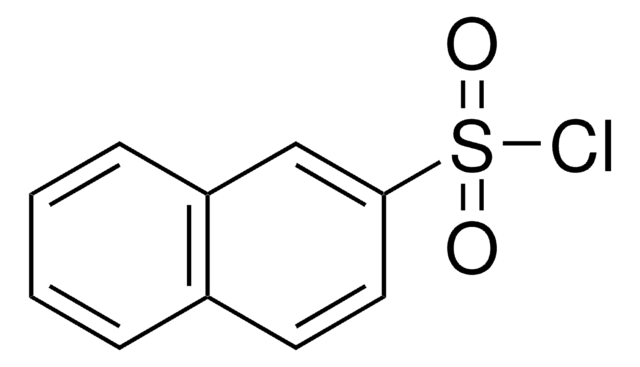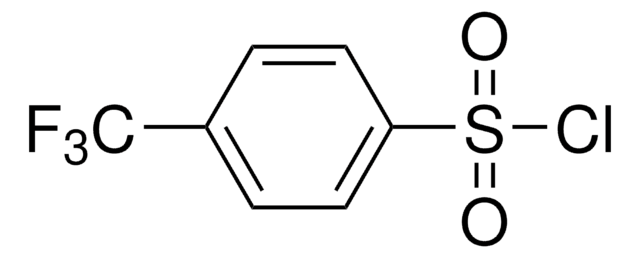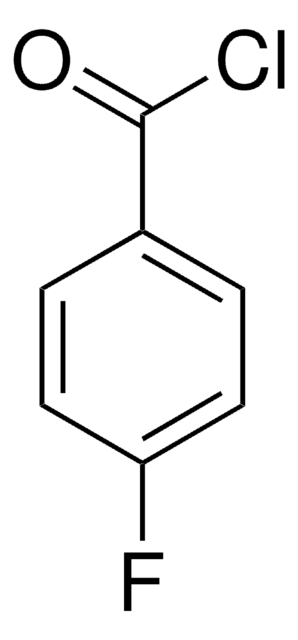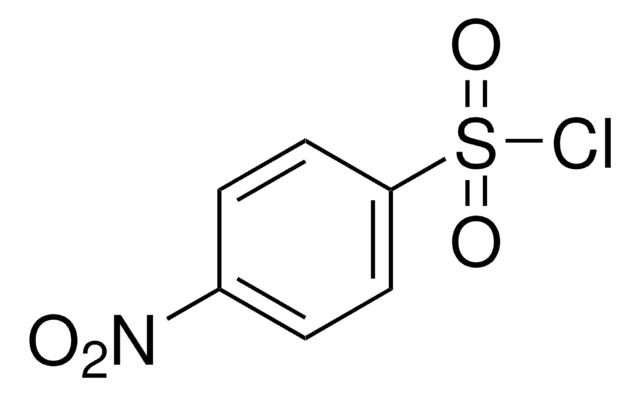222941
4-Iodobenzenesulfonyl chloride
95%
Synonym(s):
Pipsyl chloride
About This Item
Recommended Products
Assay
95%
mp
80-82 °C (lit.)
solubility
ethanol: soluble 100 mg/mL, clear to slightly hazy, colorless to yellow
SMILES string
ClS(=O)(=O)c1ccc(I)cc1
InChI
1S/C6H4ClIO2S/c7-11(9,10)6-3-1-5(8)2-4-6/h1-4H
InChI key
POXFXTSTVWDWIR-UHFFFAOYSA-N
Related Categories
General description
Signal Word
Danger
Hazard Statements
Precautionary Statements
Hazard Classifications
Eye Dam. 1 - Skin Corr. 1B
Storage Class Code
8A - Combustible corrosive hazardous materials
WGK
WGK 3
Flash Point(F)
Not applicable
Flash Point(C)
Not applicable
Personal Protective Equipment
Certificates of Analysis (COA)
Search for Certificates of Analysis (COA) by entering the products Lot/Batch Number. Lot and Batch Numbers can be found on a product’s label following the words ‘Lot’ or ‘Batch’.
Already Own This Product?
Find documentation for the products that you have recently purchased in the Document Library.
Customers Also Viewed
Our team of scientists has experience in all areas of research including Life Science, Material Science, Chemical Synthesis, Chromatography, Analytical and many others.
Contact Technical Service